Instructional Media could be simply defined as the process of using methods, skills, ideas, procedures, and machines to enhance teaching and learning in academic institutions.
Moreover, instructional media includes all the elements and any other useful means an instructor can use to execute a lesson and in doing so facilitate learners’ achievement of instructional intentions. This may include materials such as chalkboards, handouts, charts, slides, overheads, real objects, and videotape or film.
Check what others are reading now:
There are several ways in which instructional media can be categorized. However, this write-up focuses on the most common one which classifies instructional media according to their functions in instruction.
These categories are:
Table of Contents
Non-projected visuals
They are instructional media that require no projection material or any electric power. They are mostly composed of models, printed materials, charts, posters, flashcards, photographs, textbooks, field trips, and illustrations that depict a real or imaginary object. They are very handy in rural areas and schools with no source of electricity and those with low budgets.
Projected visuals
Projected media encompasses all media formats in which still images are enlarged and displayed on a screen. This type of projection is usually achieved by passing a strong beam of light through a transparent film which encapsulates the information that needs to be seen. This includes but is not limited to an overhead projector, slides projector, film strip, and computer image projection (which uses Liquid Crystal Display). The overhead projectors are the most widely used visual device in classrooms and training settings. However, the computer image projection which has advanced audio and video integration makes it ideal for large and group presentations with multimedia (image, text, and data) capabilities.
Audio media
As the name implies, audio media allow the recording and transmission of the human voice and other sounds to facilitate instruction and training. Audio media are suitable for self-study for non-readers, bring lively activities through music and stimulate imagination in stories. Many artifacts can be drafted to produce a variety of sound variations, however, the most commonly used audio media includes phonograph records, tape recorders, public address systems (P.A. Systems), and compact discs (CD).
To effectively use audio media, it is necessary to understand the hearing-listening process and the ability to select a suitable material that relates to the objective of the instruction. While audio media is ideal for teaching language and large classes, it lacks a visual portion which makes it difficult to provoke attention.
Film and video (Motion Instructional Media)
Video media encapsulates motion images, color, and sound (audio) that bring realism to ideas and instruction. This can bridge the gap in history and prevent doubts about an event that occurred in the past that oral narrations couldn’t have comprehended.
However, the use of video media requires extensive skills in both video and audio knowledge and the proper selection of related materials.
While video and film are effective for teaching and learning due to their impact on emotions and the reality they bring to instruction, they are, however, very limited in presentation scope as maps, diagrams, and charts cannot be effectively shown on them. Also for effective utilization of motion media, one has to understand the fundamental practices and guidelines about Storyboarding, Recording, Editing, and Revising. Which requires a lot of technical knowledge.
Computer Media (instructional media)
A computer is simply defined as an electronic device that is used to process data into meaningful information. It provides a quick response to users’ input and can store and manipulate information. Because of their advancement, computers are widely used in instruction. To use the computer effectively, one needs to understand the three basic functions in the given instructions. These are;
• Computer- Managed Instructions (planning, organizing, scheduling, etc.)
• Computer-Based Instructions (primary medium)
• Computer- Assisted Instructions (secondary medium)
While computers are the most effective means of storing, retrieving, and presenting instruction in education and training contexts, they are, however, expensive as compared to other instructional media.
Nonetheless, their precision, effectiveness, time-saving, and their ability to keep records for future use makes computers value for money when utilized as instructional media.
Human-Based Media
Human-Based Media is also a category in instructional technology that deals mostly with the teacher and students, trainers and trainees. With this type of instructional media, the emphasis is between the one facilitating the instruction (the teacher) and the one taking the instruction (the learner). This has nothing to do with objects and machines used for instruction as the instructor normally uses him/herself or some of the learners as a model for demonstration. A typical example is when a teacher groups students to compare their height during lessons on measurement. Thus, the students used for this example become the media of the class.
Read Also: Download Teaching and Learning Resources
Moreover, a teacher teaching a class is termed a medium in this context. Examples of human-based media are; Tutors, Roleplays, Teachers, Trainers, etc. While many claims that, this type of media is not effective and engaging, it is, however, readily available, especially where there are limited resources and financial constraint.
Instructional Media for Distance Learning
Distance Learning can be defined as structured learning that is experienced someplace away from the educational settings and sometime after the live lesson. These kinds of media instructions help learners who are far away from teachers to be able to receive instructions without any hindrance and in their comfort zone and sometimes at their own pace. These are some of the media that are used in distance learning; Computer networks, Broadcast radio, Audio teleconferencing, Audio graphic conferencing, Televisions, and Video handouts.
Distance learning helps to reduce class space and schedule and students who do not have people assisting their education can learn while working to cater for themselves. However, factors such as family problems, lack of interaction with the teacher, and extra-curricular activities can negatively affect learning.
References: Educational Technology (Instructional Technology) 3rd Edition 2011, Mr Frederick Sarfo & Mr Kobina Impraim Adentwi. Wilas Press Limited, Kumasi.
Editor’s Note: Any suggestion in this column is for informational purposes only. The content is not signified, nor should it be construed, to be a replacement for professional consultation. sirboatengonline.com shall not be held responsible for any decision you take after reading this article.
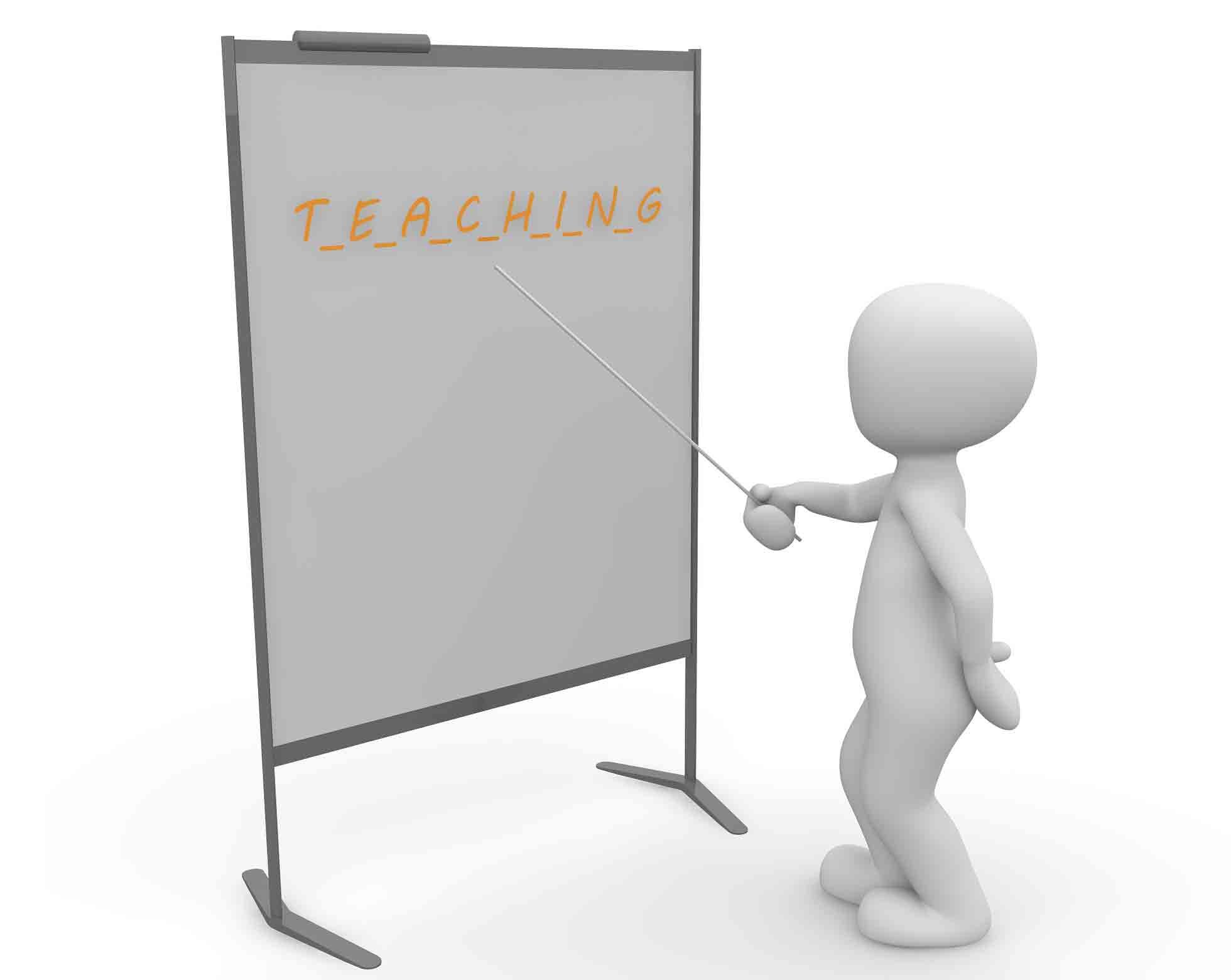
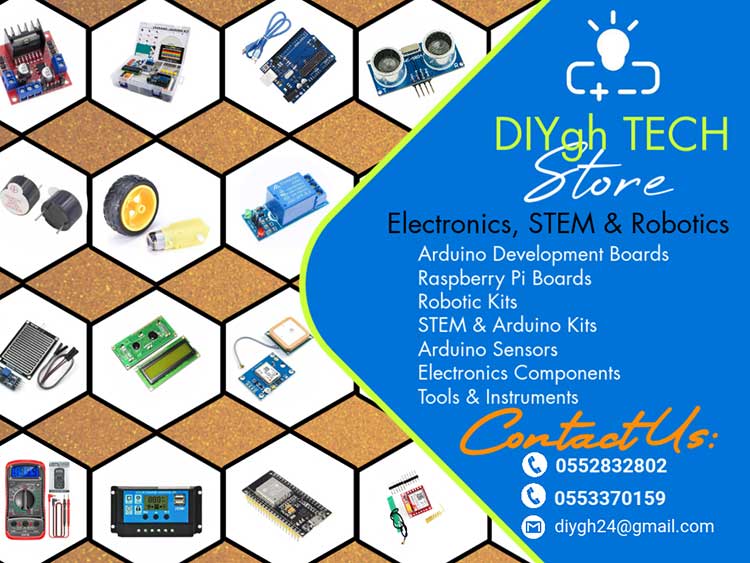
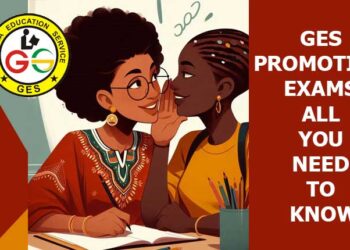
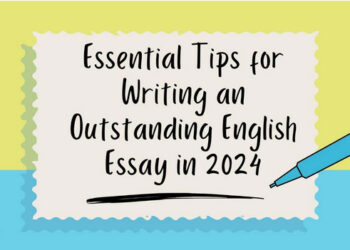
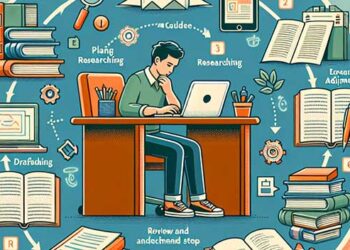

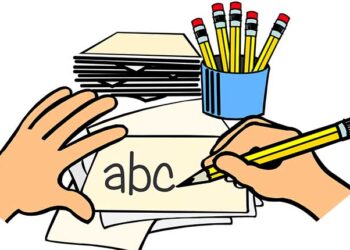
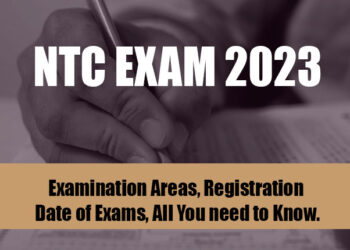
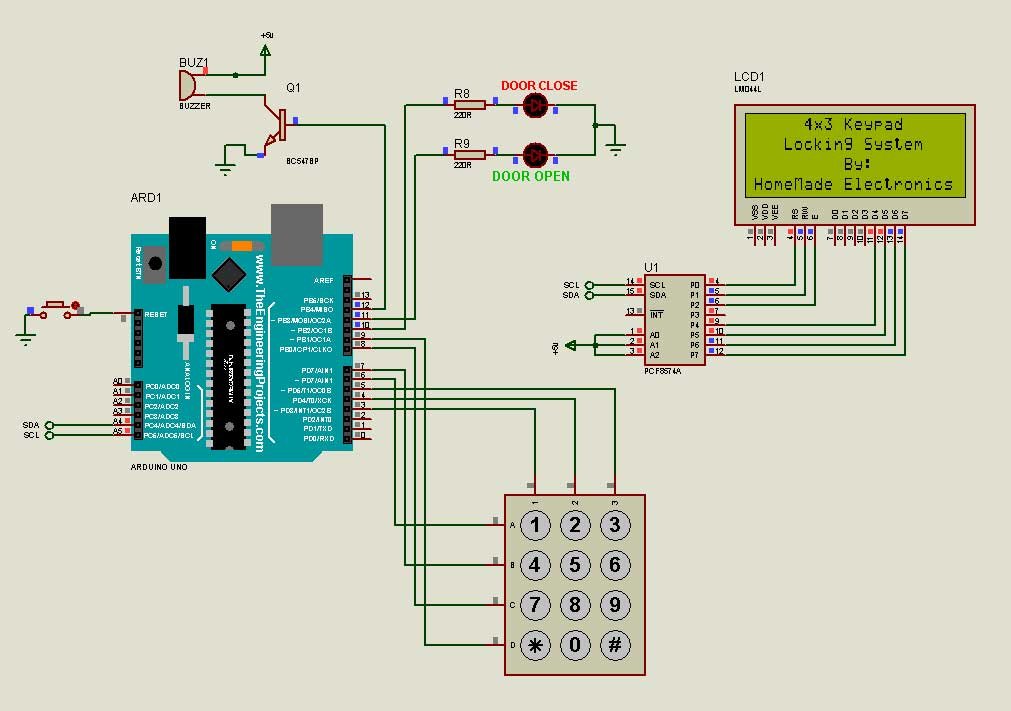
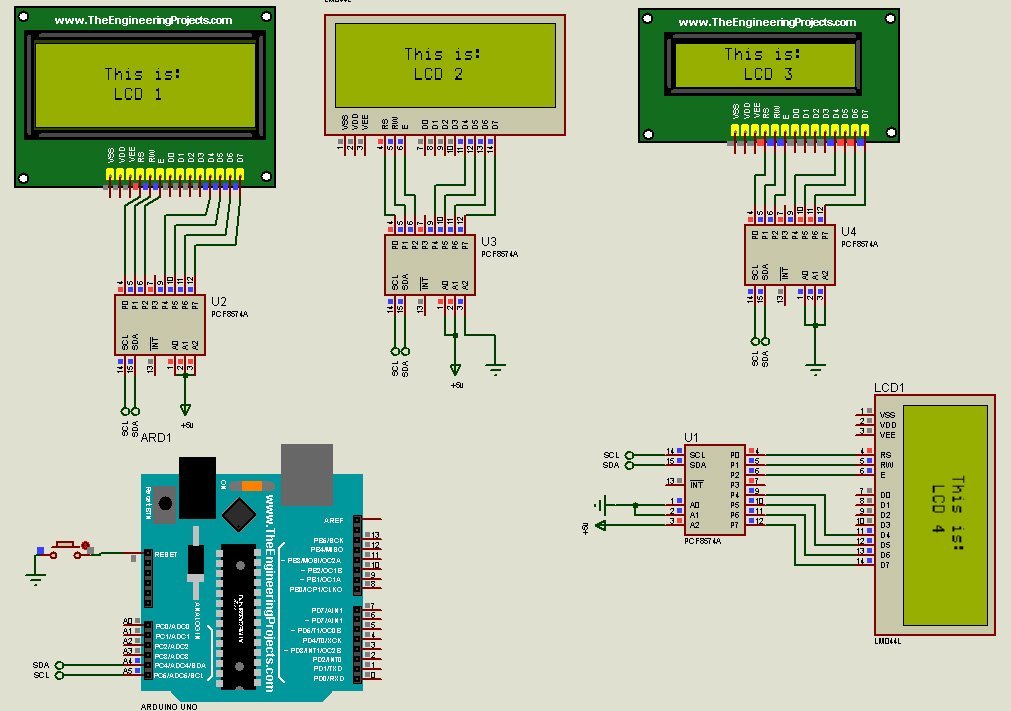
The instructions media encourage appropriate practice and also stimulates previous learning.